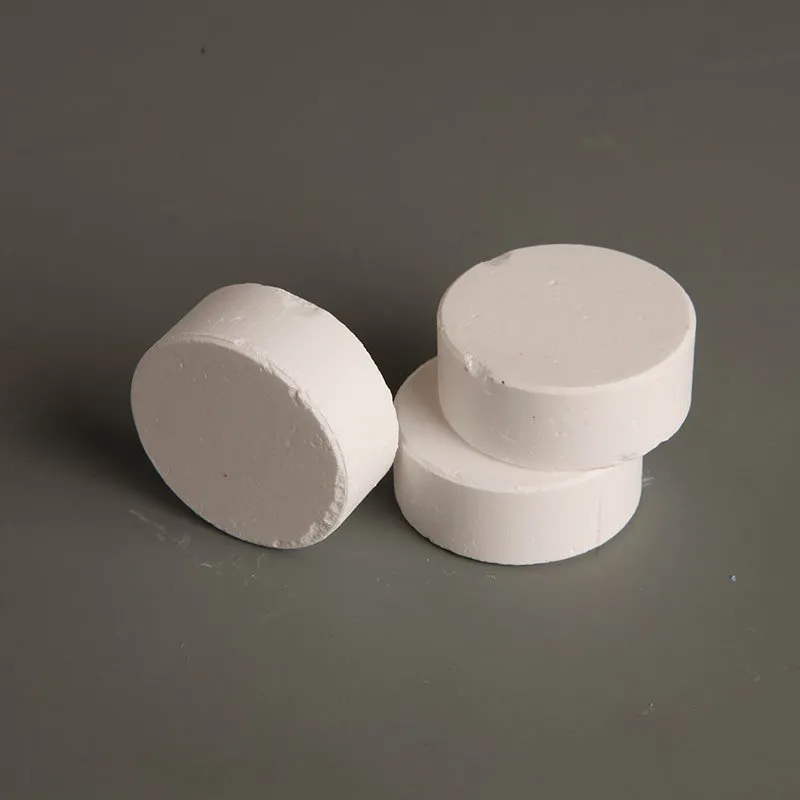



Chemical Utilization and Management in Reverse Osmosis Water Treatment Plants
Chemical Use in Reverse Osmosis (RO) Plants
Reverse Osmosis (RO) is a widely utilized water treatment technology that effectively removes a variety of contaminants and sediments from water. It is particularly valued for its ability to desalinate seawater or brackish water, making it suitable for potable water supply, agricultural irrigation, and industrial applications. However, the efficacy of an RO system is significantly influenced not only by the technology itself but also by the chemicals used throughout the process. This article delves into the various chemicals employed in RO plants, their purposes, and best practices for their use.
Types of Chemicals Used in RO Plants
1. Antiscalants One of the primary challenges in RO operations is scaling, where inorganic mineral deposits accumulate on the membrane surfaces. Antiscalants are chemicals that inhibit scaling by preventing the precipitation of these minerals. Commonly used antiscalants include polyacrylic acid and phosphonates. They function by either sequestering scaling ions or altering their crystallization properties, thus reducing the likelihood of scale formation. Proper dosing of these agents is crucial, as insufficient amounts may fail to prevent scaling, while excessive use can lead to membrane fouling.
2. Coagulants and Flocculants In some cases, pre-treatment is necessary before water enters the RO unit. Coagulants such as alum or ferric chloride are used to aggregate fine particles into larger clusters, or flocs, which can then be easily removed. This pre-treatment step is vital as it helps reduce the burden on the RO membranes, extending their lifespan and enhancing efficiency.
3. pH Adjusters The pH level of feed water can significantly influence the performance of the RO system. Chemicals such as sulfuric acid or sodium hydroxide are often utilized to adjust pH levels to optimal ranges. Managing the pH is essential, as it affects both scaling potential and membrane integrity. Maintaining an appropriate pH ensures that the membranes operate effectively and remain free from damage.
4. Biocides Microbial growth can pose a serious threat to RO systems, leading to biofouling that severely diminishes performance. Biocides like chlorine dioxide or quaternary ammonium compounds are used to control biological contamination. However, it is important to carefully manage their application, as residuals of these chemicals can harm RO membranes.
chemical used in ro plant

5. Cleaning Chemicals Over time, membranes in RO systems become fouled due to the accumulation of particles, organics, and biological material. Periodic cleaning is essential to restore their function. Specific cleaning solutions, often containing surfactants, acids, or alkaline agents, are formulated based on the type of fouling encountered. Regular cleaning not only improves efficiency but also prolongs the operational lifespan of the membranes.
Best Practices for Chemical Usage
1. Accurate Dosing Precision in chemical dosing is paramount for optimal performance. Employing advanced control systems can help maintain correct concentrations, ensuring both effectiveness and safety.
2. Routine Monitoring Continuous monitoring of water quality parameters and system performance is essential. This allows for timely adjustments to chemical dosages, preventing issues before they escalate.
3. Staff Training Proper training for personnel in handling chemicals and understanding their impacts on system performance is necessary. Educating staff on safety protocols also contributes to workplace safety.
4. Environmental Considerations Careful evaluation of the environmental impact of chemical use is imperative. Utilizing biodegradable or less harmful chemicals can reduce the ecological footprint of RO operations.
In conclusion, while reverse osmosis is an effective technology for water treatment, the careful selection and management of chemicals are vital for its success. By understanding the roles of various chemicals and implementing best practices, RO plants can enhance their performance, efficiency, and sustainability, ultimately ensuring a reliable supply of clean water.
-
Why Sodium Persulfate Is Everywhere NowNewsJul.07,2025
-
Why Polyacrylamide Is in High DemandNewsJul.07,2025
-
Understanding Paint Chemicals and Their ApplicationsNewsJul.07,2025
-
Smart Use Of Mining ChemicalsNewsJul.07,2025
-
Practical Uses of Potassium MonopersulfateNewsJul.07,2025
-
Agrochemicals In Real FarmingNewsJul.07,2025
-
Sodium Chlorite Hot UsesNewsJul.01,2025










